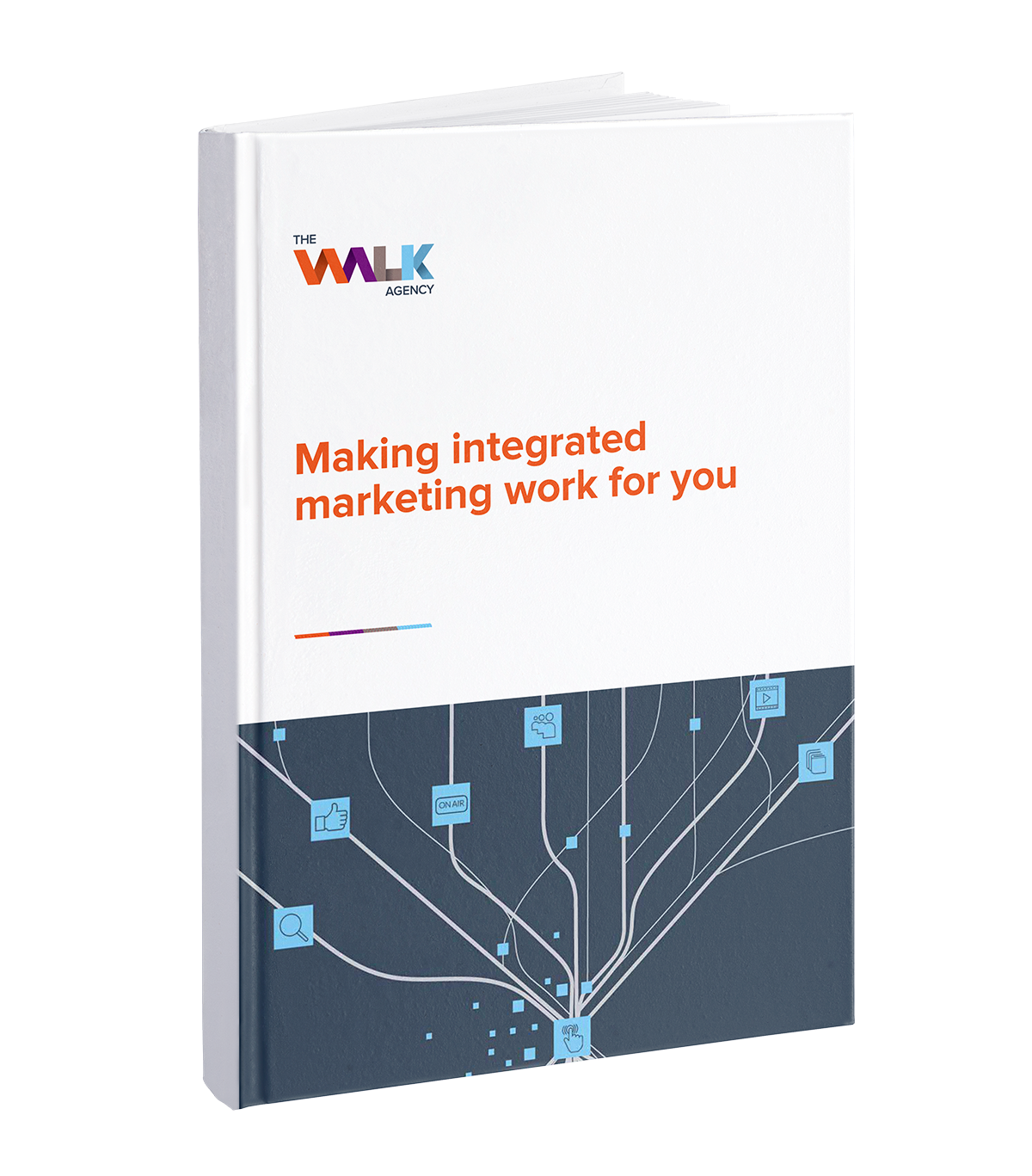By now you’ve probably seen the headlines about robots taking our jobs. Yes, it’s real and it’s happening right now. For some the onset is coming, whilst for others, it’s been underway for years (think manufacturing). In marketing, it’s crashing over us like a wave right now and we’re feeling its impact in both positive and negative ways. As the wave rolls over us there’s a real opportunity to adapt and turn this change into an opportunity. Will you run from the impact or stand and embrace it?
Here at The Walk, we love change. In David Ogilvy’s book “Confessions of an advertising man”, he wrote a great comment on this, one that we proudly restate:
“Encourage innovation. Change is our lifeblood, stagnation our death knell.”
With the pace of change we’re now witnessing in modern marketing, the demands are quickly exceeding human cognitive capacity. Let’s face it – marketing is fast becoming a detailed, technical, cerebral space in which to work. We now rely on a vast array of technologies to help us deal with our everyday demands. Whether it’s for media buying, data analytics, dynamic content, programmatic ads, social ads, retargeting… you name it, we’re using it.
So far, the technology transformation has been profound, and in a lot of ways, disruptive. With this latest change (labelled as the 4th industrial revolution by some), as it pertains to marketers, there’s really nothing to fear. As Brent Smart, Chief Marketing Officer at IAG said earlier this year at ad:tech, “Yes, the robots are coming for all our jobs, but they’re not going to get the marketing jobs because great marketing takes intuition, guts and heart. And last time I checked, robots don’t got that.”
If you need proof, follow this link and see what it says about your job.
https://willrobotstakemyjob.com/
So, not only is there little to fear, but if you embrace the change, your marketing team is set to improve with the advent of artificial intelligence and automation powered marketing. You’ll spend less time on tedious tasks, enjoy increased productivity and be able to focus on the areas where you can really bring your knowledge and experience to the table.
So…are you ready for the change? Here are the three areas where you should be looking.
Marketing intelligence:
No doubt you’re already leveraging tools to track your marketing activity, but moving forward this will become increasingly important. Take shortcuts here and you’ll undermine all your moves toward modern day, intelligent marketing. Make sure you use unique tracking codes and try to automate your reporting by connecting your systems together.
There are freely available tools such as Google Analytics but consider using professional-grade systems that do more than just track. If you can bring your communications systems together with your tracking, you can streamline your efforts and make this step both easier and better.
If you’re running an online store, talk to us about Bronto. As a proud Bronto partner, we can help you seamlessly integrate this state-of-the-art content marketing automation platform with your existing ecommerce platform, allowing you to enjoy the benefits of streamlined data, communications and reporting.
Marketing automation:
When we talk about marketing automation, often we’re talking about identifying prospects and moving them from the top of the marketing funnel through to becoming fully qualified sales-ready leads.
Here at The Walk, we work with clients small and large, all around the world, so we see a variety of systems being used. Some tools are free, whilst others cost thousands a month, so what’s best for you may of course be influenced by budget. Popular tools include Google Ads, Marketo or Eloqua. Some of the more popular email platforms, such as Campaign Monitor and Mailchimp have made significant progress into creating automated email nurture campaigns.
Advanced workflow automation:
If you’re going to embrace this change, one of the first things you’ll look to do is review your internal marketing processes. Looking at your current marketing and plans for the year ahead, map out the customer touchpoints and create a series of complex rules to trigger based on customer actions, such as making a phone call, filling out a form or visiting a page on your site. You can then use your automation system to automatically trigger these actions, or you can leave it to your team to manually trigger them. In our experience, we find that often a combination of automatic and manual triggers is best, leaving the human element the responsibility of triggering some of the more sensitive actions. What will work for you depends on your business, the systems you use and the capabilities of your internal team. The benefit of course is that you can deliver more targeted and timely messages, increasing both engagement and conversions, with minimal on-going effort. Simply spend some time up-front and your year ahead will be spent focusing on what’s most important in your job.
Like to know more? If you’d like to discuss options for your business, we’d be only too happy to discuss this with you. Get in touch today.




